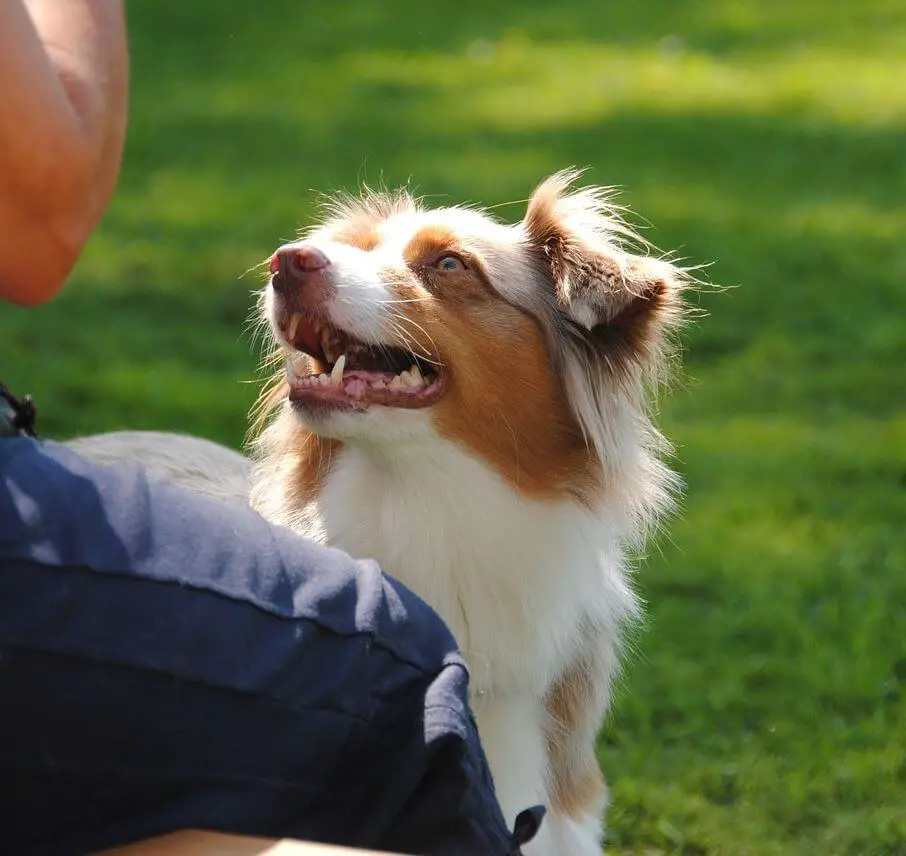Have you ever wondered why your furry companion seems to be your shadow, following you absolutely everywhere? This behavior is common among many dogs and can stem from various factors, including natural instincts, their bond with you, and learned habits. Understanding why your dog exhibits this behavior and implementing appropriate strategies can help foster a healthier and more balanced relationship between you and your canine friend.

Natural Instincts:
- Pack Mentality: Dogs are inherently social animals with a strong pack mentality. In the wild, they rely on the pack leader for protection and guidance. When your dog follows you, it may be fulfilling their instinctual need to stay close to the pack leader, which provides them with a sense of security.
- Attachment Behavior: From the moment you bring a puppy home, they start forming strong attachment bonds with their primary caregivers. This attachment behavior often persists into adulthood, leading dogs to seek closeness with their human companions. Following you may simply be your dog’s way of staying close to their beloved attachment figure.
Bond and Affection:
- Attention Seeking: Some dogs follow their owners as a way to seek attention, affection, or playtime. If your dog hasn’t learned alternative ways to get your attention, they may resort to following you around the house in hopes of receiving pets or engaging in activities.
- Enjoyment of Your Company: Dogs are known for their unwavering loyalty and companionship. Your presence likely brings them comfort and joy, prompting them to follow you wherever you go. Your dog may genuinely enjoy being around you and participating in your daily activities.
Learned Habits:
- Rewarding the Behavior: Dogs are quick to learn which behaviors result in positive outcomes. If you’ve unintentionally reinforced your dog’s following behavior by providing attention, treats, or playtime whenever they follow you, they may continue to do so in anticipation of rewards.
- Separation Anxiety: In some cases, excessive following can be a symptom of separation anxiety. Dogs with separation anxiety may become distressed when left alone, leading them to constantly follow their owners to avoid being separated. Addressing underlying anxiety issues is crucial in addressing this behavior.
Addressing the Behavior:
- Provide Enrichment: Ensure your dog receives adequate physical and mental stimulation through regular exercise, interactive toys, and engaging activities. Keeping your dog mentally and physically stimulated can help alleviate boredom and reduce their need to follow you for entertainment.
- Teach Relaxation: Train your dog to settle on a designated mat or crate when you’re at home. Teaching them to relax in their own space can give them a sense of security and independence, reducing their reliance on following you constantly.
- Reward Desired Behavior: Instead of rewarding following behavior, reinforce calm and independent behavior. Reward your dog when they choose to relax in their own space or engage in activities on their own. This helps them understand that they don’t need to follow you constantly to receive attention or affection.
- Seek Professional Help: If your dog’s following behavior is excessive or accompanied by signs of anxiety, consider seeking guidance from a professional dog trainer or veterinarian. They can provide personalized advice and training strategies to address underlying issues effectively.
Remember:
- Be Patient and Consistent: Training takes time and consistency. Be patient with your dog and remain consistent with your commands and rewards to help them understand the desired behavior.
- Address Underlying Needs: Ensure your dog’s basic needs, including food, water, exercise, and mental stimulation, are met. Address any underlying discomfort or anxiety that may be contributing to their following behavior.
- Strengthen Your Bond: Building a strong bond with your dog through positive reinforcement training, playtime, and affection is essential. A strong bond can help your dog feel secure and confident, reducing their dependence on following you for reassurance.
By understanding the reasons behind your dog’s behavior and implementing appropriate training strategies, you can help them develop greater independence while still maintaining a strong and loving bond. Remember to be patient, consistent, and attentive to your dog’s needs as you work together to address their following behavior.
